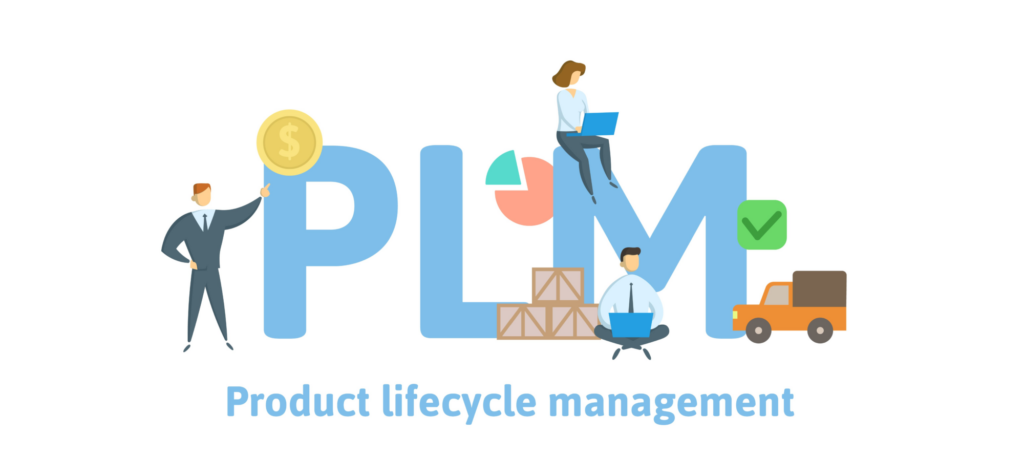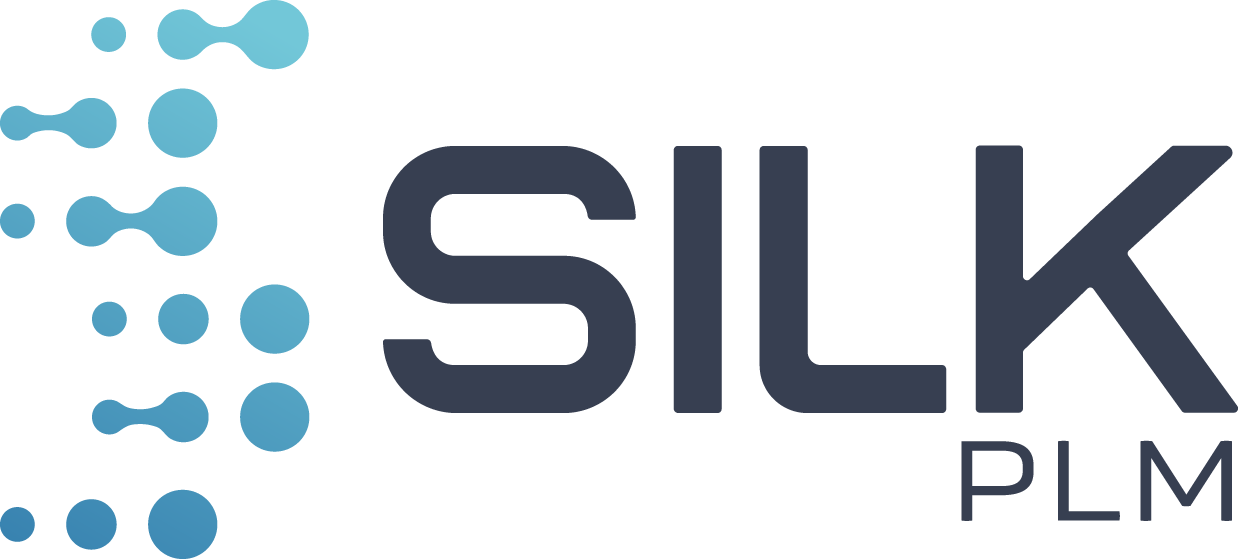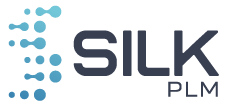Knowledge Base ” Articles ” Product life cycle – how to choose PLM or PDM software?
Product life cycle – how to choose PLM or PDM software?
The development of technology is an opportunity that growing companies should take advantage of, regardless of the industry in which they operate. Technology often stands at the base of the pyramid of success that global brands have built for themselves. One element of success turns out to be software for planning the product life cycle (its phases and all processes within it).
We explain what IT systems can be used for in your business. You will also learn the difference between PLM and PDM software and what to choose!
- From this text you will learn:
- What is the product life cycle.
- You will learn the differences between PLM and PDM.
- how PLM system works
![]()
What is a product life cycle (PLM) – what is it and what does it include?
PLM (Product Lifecycle Management) – product lifecycle is a concept that we define as a sequence of events. They follow each other from the moment of the idea to create a given product, through all phases of implementation. This includes the phases of market implementation, presence on the market, up to its withdrawal from the market.
It is a product life management system that helps integrate information from different departments of the company. This makes departmental cooperation and data exchange between jobs intuitive and fast. The use of PLM also prevents the creation of information silos within the organization.
Each stage of a product’s presence in the market requires the proper use of human and machine resources. Management proves to be particularly challenging when information is spread across many different programs. After all, slightly different software is used by showrooms, warehouses or merchants just hanging out at trade shows.
Through the use of PLM systems, all this information gathers in one place and is available within just a few clicks.

What is PDM (Product Data Management)?
PDM (Product Data Management), or product data management. It is a more specialized tool that is part of the broad PLM ecosystem. You only achieve the full potential from the use of design data by using PLM software.
PDM aims to organize and manage product-related data. These data include models, technical specifications, as well as drawings or photographic documentation.
Product Data Management organizes product information and enables collaboration between teams that work on these documents.
For example, when you are working on a project with your team, it is usual for each team member to handle a slightly different part of the project. PDM allows you to share your documents with the rest of your team. This ensures that everyone is working with the latest and up-to-date data. This greatly facilitates communication and speeds up the process of developing and marketing a product.
![]()
Product life cycle – a modern approach to management
With the digital solutions available, you can easily optimize and design the product life cycle. This will reduce the time required for each step by up to 40%. In this way, you significantly increase productivity, which translates into optimization, reducing costs and the amount of work needed to achieve better results.
In an era of global competition and international supply chains, each such improvement contributes to an advantage over industry rivals.
![]()
Are PLM software and PDM software the same thing?
There are various types of software on the market that support product lifecycle management. The primary solution is PDM (for Product Data Management), which allows organizing, managing and tracking data about a specific product.
In addition, there are PLM (Product Lifecycle Management) platforms on the market. What is it? It’s a kind of large repository where all the data about the product life cycle goes. Real-time information updates through simpler programs to collect measurements or tasks at each stage of the chain. The result is a comprehensive product lifecycle database. It is useful for optimization processes, more efficient management of a given product and planning business activities for the future.

How does the PLM system work?
It centralizes all processes, related to a product. You manage, modify and collect data from the stage in a single platform:
- Product introduction and development,
- cooperation with sub-suppliers,
- quality control,
- making changes,
- product recall.
This gives you a comprehensive tool. It supports the performance of tasks related to all aspects of the product in the market.
Is there a difference between a PDM and a PLM system?
There are some differences, as PDM is used to manage product data. However, as it turns out, companies using PLM software are using PDM at the same time. PDM serves as a tool included in PLM. Remember that good PLM software, also provides all the features for intuitive product data management.
![]()
How to use PLM software – a modern solution from SILK PLM
If you are looking for a practical and modern solution, check out SILK PLM. It’s software with a platform that functions in the cloud. That is, it gives you access to information anywhere on earth, provided you log in to the intuitive app. In this program you get an intuitive tool for managing the entire product lifecycle. This significantly facilitates the management of all changes and projects for the next years.
Practice shows that a well-matched PLM system allows to shorten the product development cycle, better manage it and reduce costs (production, transportation, storage, recall), and even improve the quality of the goods themselves, going to satisfied customers.
In practice, SILK PLM software supports the company and team members at every stage. Support begins as early as the planning phase. You gain access to collection planning, sample management or budget planning. The software also allows you to monitor deliveries and conduct effective analytics while the product is on the market. All this in a scalable and customizable form for your business.
Check out the available opportunities! Click the button below and fill out the form and we will prepare a no-obligation, free presentation!

